New Hollywood refers to the era of film that came after the collapse of the studio system in the 1960s. Americans films around this era started to become “meaningless”, and younger audiences began gravitating towards foreign films instead. Additionally, in many American film studios a lot of “flops” were being produced- commercial failures that did not produce money- some examples being “Cleopatra” and “Hello Dolly”. This may have been because the films were no longer relevant to a younger audience, and they were demanding different things… the studios were becoming out of touch. Finally, the habit of ‘going to the cinema’ had been broken due to the mass production of televisions across American households.
Some key aspects in New Hollywood is the use of handheld cameras, unconventional angles, and naturalistic lighting which contribute to making the films feel authentic, as if the viewer is there. Additionally, there is a naturalistic acting style.
Films in New Hollywood

Easy Rider, Dennis Hopper (1969)
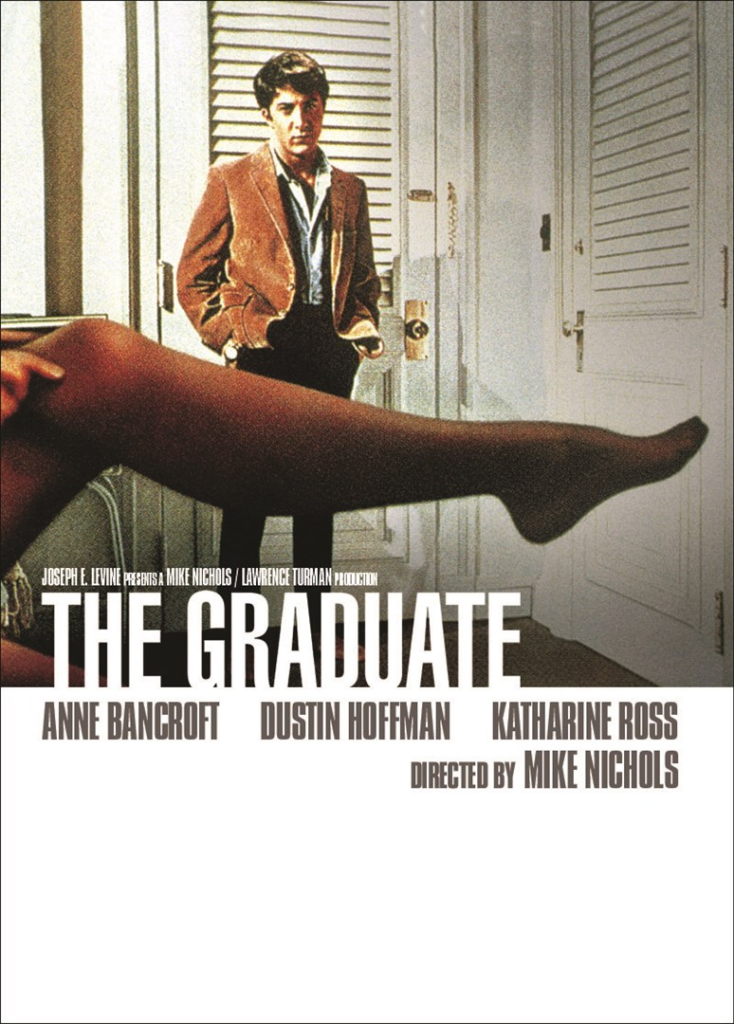
The Graduate, Mike Nichols (1967)
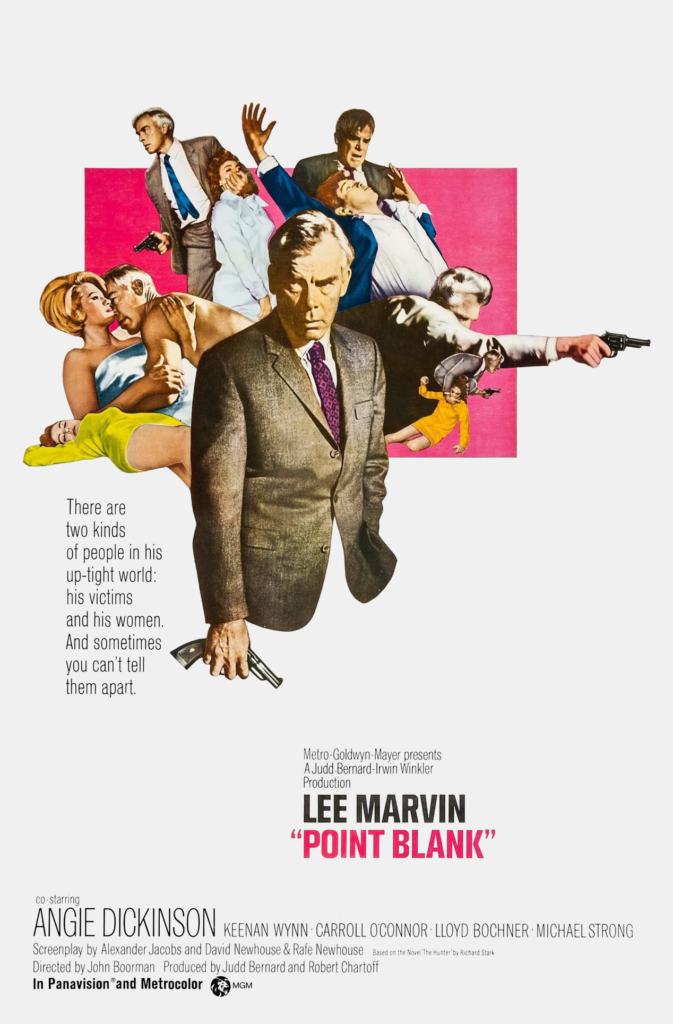
Point Blank, John Boorman (1967)

Cleopatra, Joseph L. Mankiewicz (1963)
The most prominent stars and directors in this era widely varies. Firstly, for directors, the less known ones would include Mike Nichols, John Schlesinger, Tobe Hooper and Sidney Lumet, however some more famous directors that rose to prominence around this era include Francis Ford Coppola, Steven Spielberg, Martin Scorsese and George Lucas.

And for some stars in the New Hollywood era, there is:
Warren Beatty
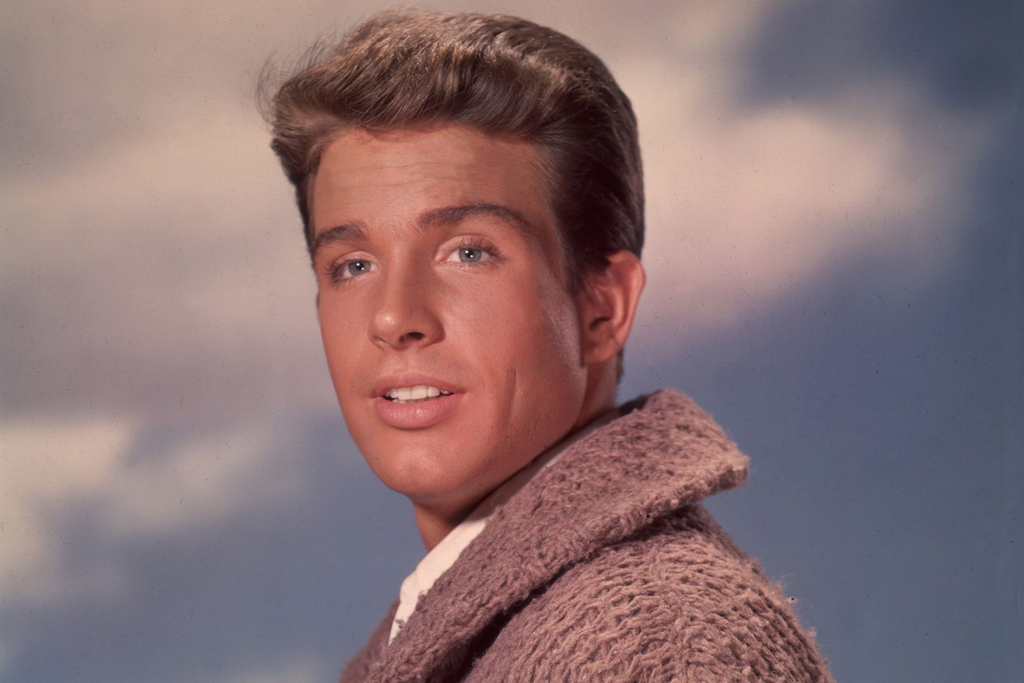
Candice Bergen

Harrison Ford

And Karen Black
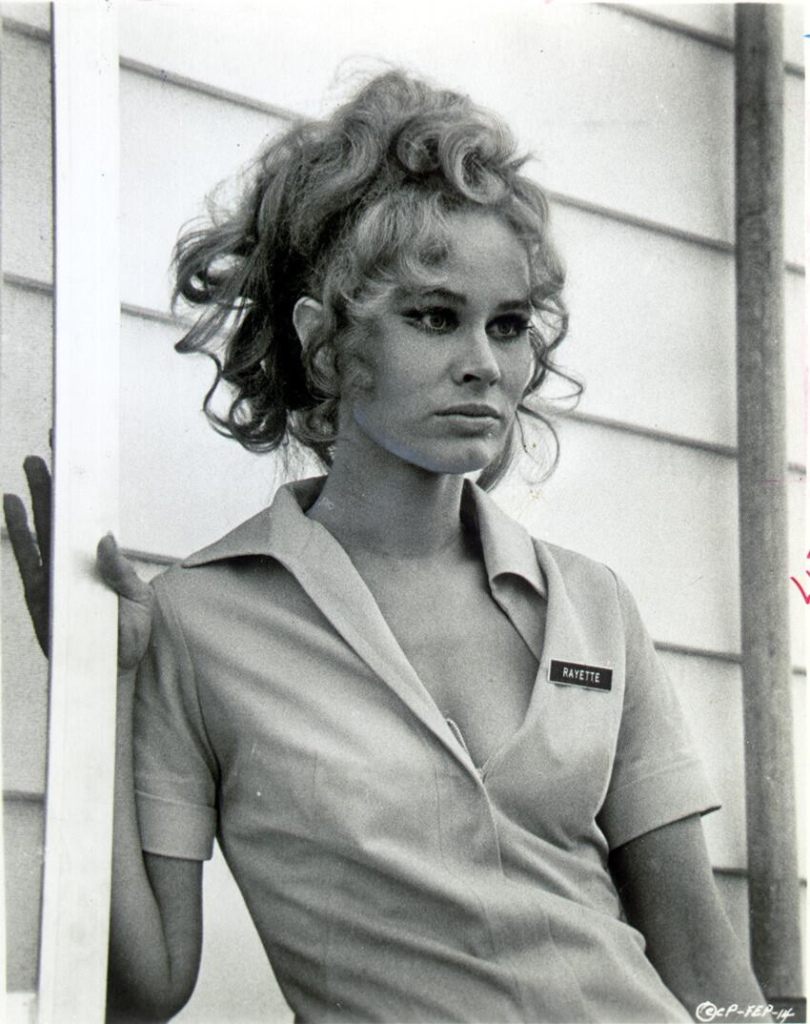
New Hollywood- History and Context
The Vietnam War
The Vietnam War, (1954–75), was a conflict that pitted the communist government of North Vietnam and its allies in South Vietnam, known as the Viet Cong against the government of South Vietnam and its principal ally, the United States.
However, this led to many protests at home for hundreds of thousands young and educated Americans across the US, as they did not like the US’ involvement in the war.
Riots in the Ghettos
The term ghetto riots, also termed ghetto rebellions, race riots, or negro riots refers to a period of widespread urban unrest and riots across the United States in the mid-to-late 1960s, largely fuelled by racial tensions and frustrations with ongoing discrimination, even after the passage of major Civil Rights.
Political assassinations
In this era there were many political assassinations. The most major though, was of John Fitzgerald Kennedy (JFK) in the 1960s. The others being those of Robert F. Kennedy (1968), Malcolm X (1965), and Martin Luther King Jr. (1968).
There also a lot of political disgrace.
1969 to 1972 – Richard Nixon (A US republican). Had to resign while holding the post due to being behind an ordeal where he ordered his henchman to plant bugs in the offices of other candidates running for office.
USA Counterculture
This was an anti-establishment cultural phenomenon and political movement that developed in the United States during the mid-20th century. It began in the early 1960s, and continued through the early 1970s. These people concerned themselves with individual equality for the younger generation which included gender identity and opposing the Vietnam war.
The influence of French New Wave
The French New Wave was a film movement from the 1950s and 60s by a lot of young and inspired French directors and one of the most influential in cinema history.
It gave birth to a new kind of cinema that was highly self-aware and revolutionary to mainstream filmmaking. It is a rejection of the old, American way of making films.
Some directors, like the well-known Goddard and Truffaut actually began as film critics before their directorial debut. They were passionate about the art of film and wanted to bring in their own ideas. They believed that films had lost their ability to capture true human emotion and “lacked sincerity.”
Some other notable directors from this new wave of cinema included Jean-Luc Godard, Claude Chabrol, Eric Rohmer, Jacques Rivette, Louis Malle, Alain Resnais, Agnes Varda, and Jacques Demy.
They are also not making films just for the sake of money, in fact a majority of the films were very low-budget. This was due to low funds because of the financial restraints from World War 2. And with a “cheap digital camera”, everyone can make a film- this was referred to as democratisation of cinema.
Some stylistic elements
- Deemphasized plot & dialogue was often improvised
- Jump cuts rather than continuity editing
- Location shooting – not building it
- Handheld cameras – gives a sense of a documentary aesthetic
- Long takes
- Direct sound & available light (live recordings, often didn’t adjust light)
- Natural light – “shooting 360 degrees in space”
- A lot of voiceovers
- Using “non actors”- people who have never acted before
Bonnie and Clyde’s director, Arthur Penn, was even inspired by Truffaut. He was particular inspired by Truffaut’s “Jules and Jim”.
New Hollywood Style
- New Hollywood directors like Arthur Penn approached film narratives with a fresh, unconventional style that broke away from the traditional, studio-driven storytelling of classic Hollywood. They used non-linear storytelling, anti-heroes, natural dialogue and improvisation, genre subversion as well as tragic conclusions.
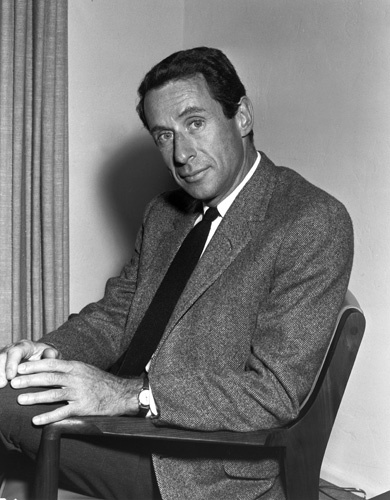
- Discontinuity editing is an editing style that is the opposite of classical editing. It is known for it very specific techniques in which the director would use an arrangement of shots that are out of place, confusing or just non-sensical in comparison to the traditional style of narrative. The main techniques include: jump cuts, temporal ellipses, repeating and abstract shots.
- New Hollywood was often referred to as the “rise of auteurs” because it marked a period in American cinema where directors had creative control over their films. This shift was influenced by the French concept of auteur theory, which argued that the director is the primary creative force behind a film.
- In the modern age, filmmakers still follow the influence of New Hollywood, making movies that are both artistic and exciting. Whether in independent films, streaming movies, or big franchises, the spirit of New Hollywood still shapes how stories are told today. Stuff like bold storytelling, realistic characters, and new ways of mixing genres together.